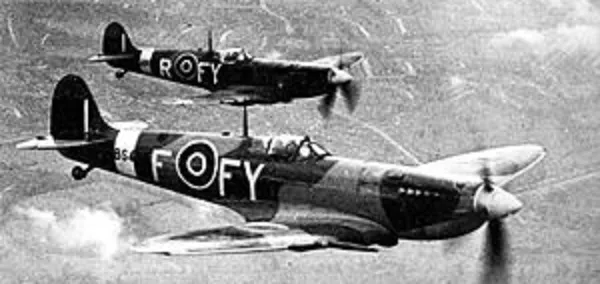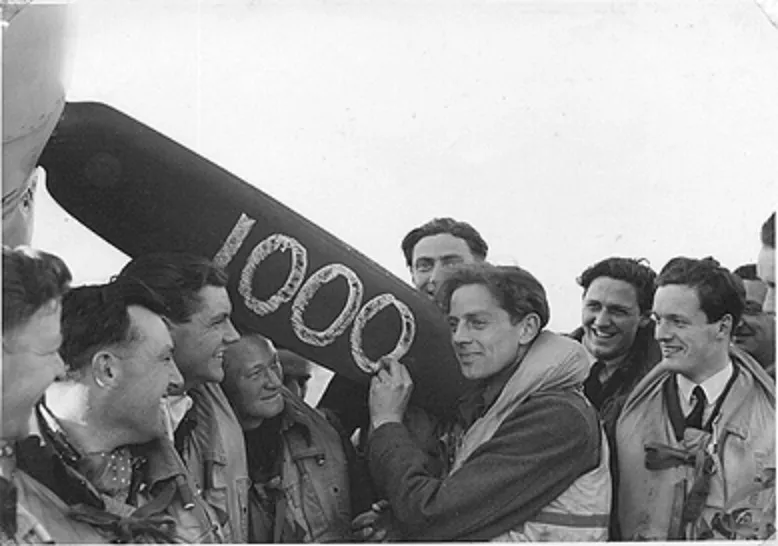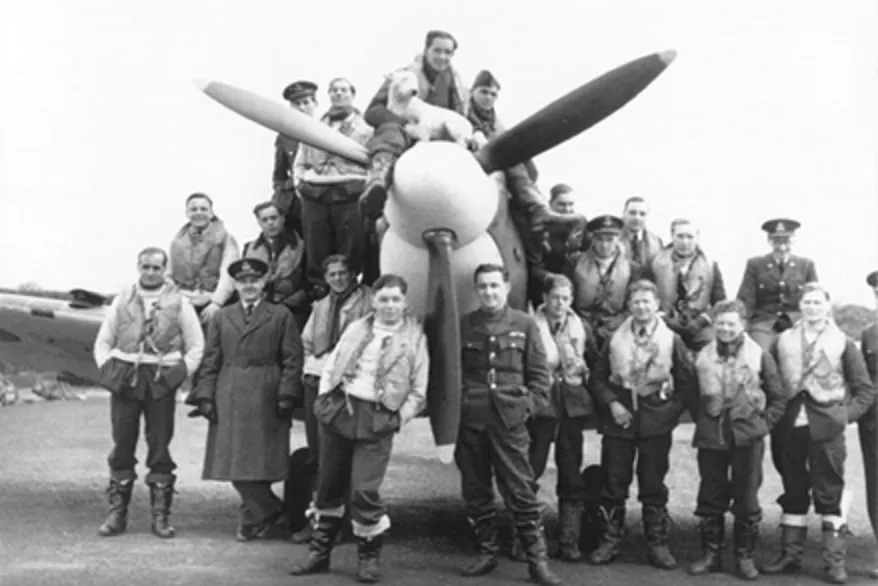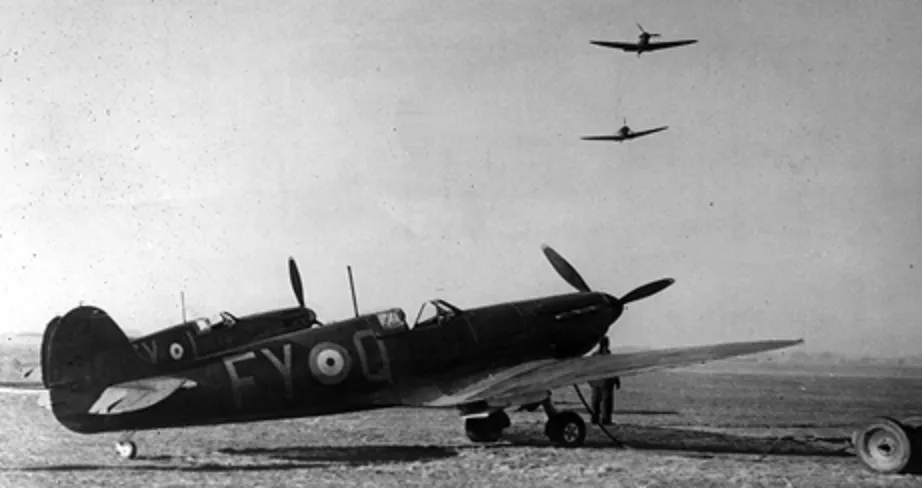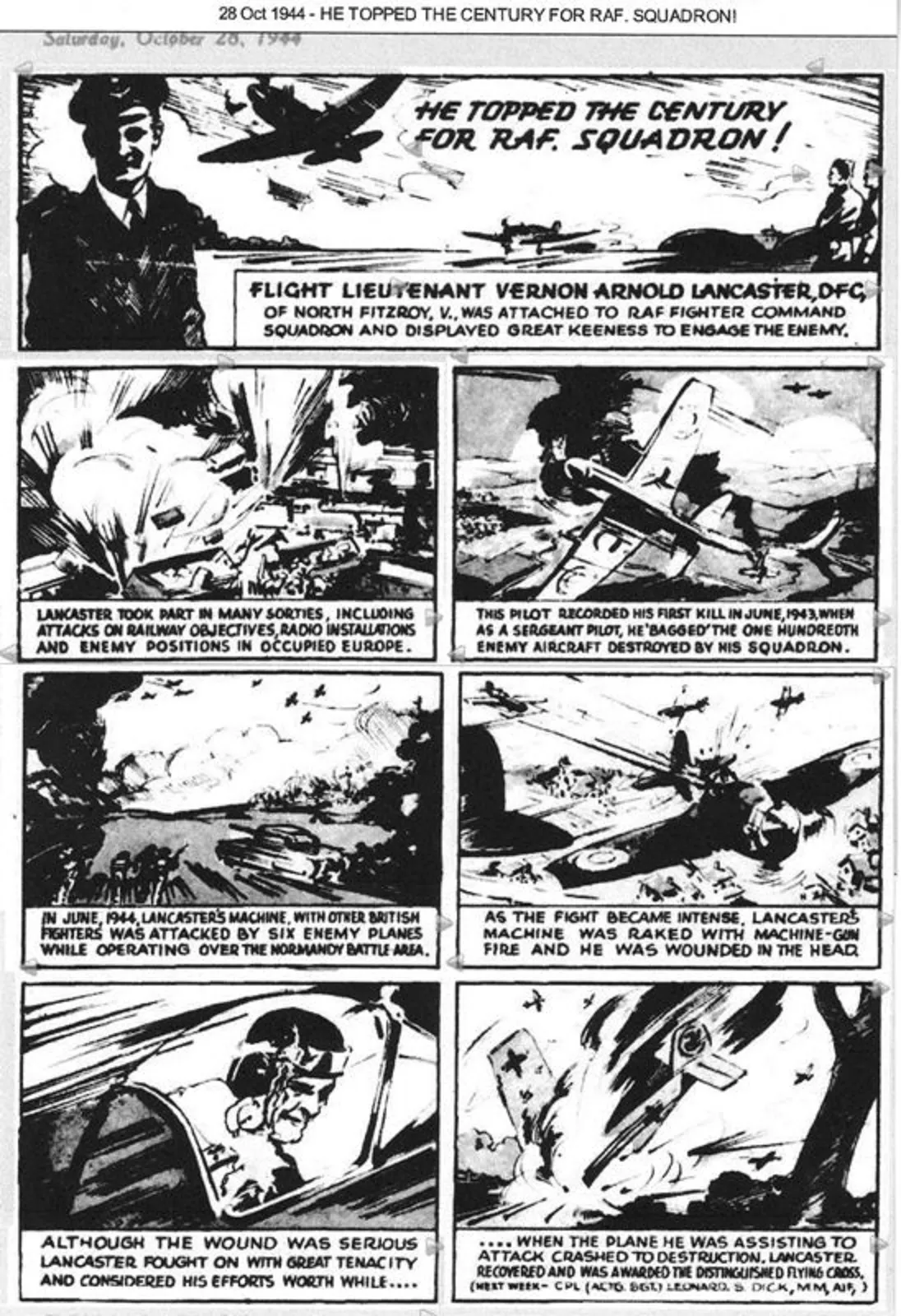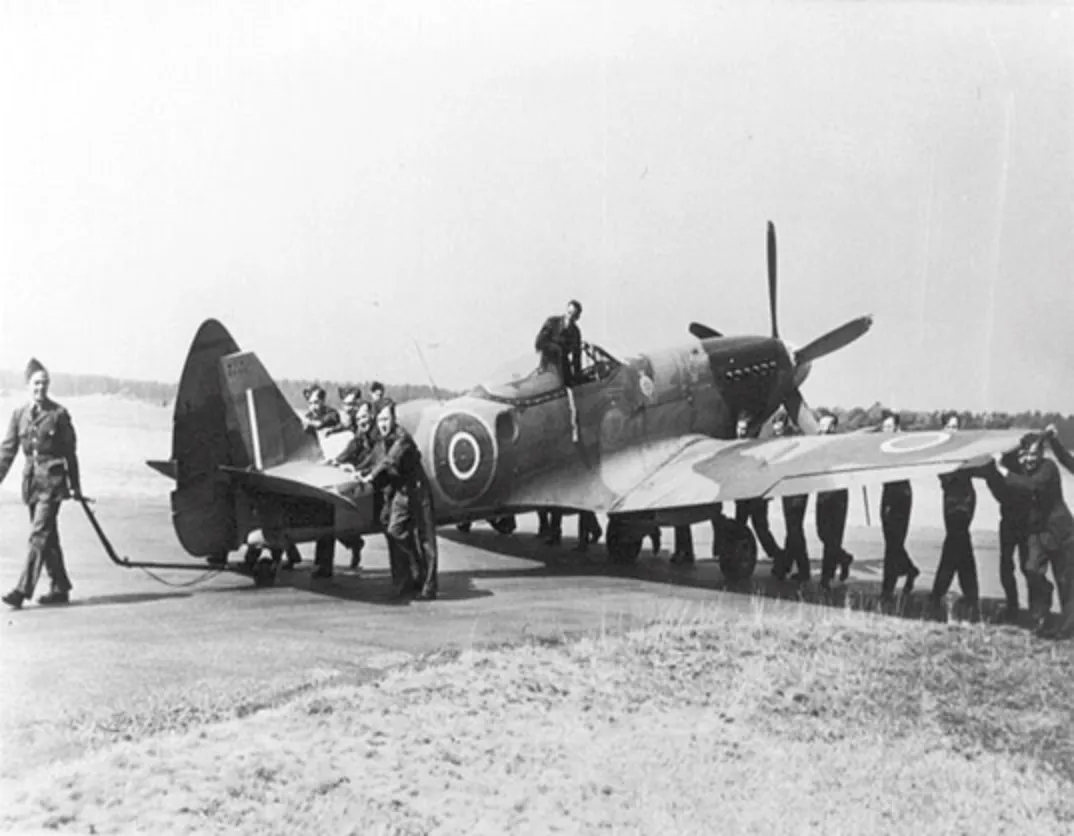No. 611 Squadron RAF
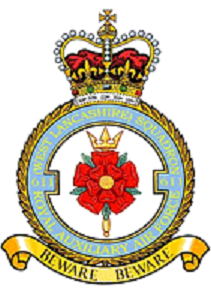


On 1 January 1939, No. 611 became a fighter squadron, receiving its first Supermarine Spitfire Mk.I's in May. The squadron left for RAF Duxford on 13 August. After a period of defensive duties on the east coast, No. 611 became fully operational from its RAF Digby base in Lincolnshire in May 1940, firstly over Dunkirk and then taking part in the Battle of Britain campaign.
The squadron commenced offensive sweeps over occupied northern France in January 1941, based at RAF Hornchurch, moving to RAF Drem in Scotland for recuperation in November 1941. The unit moved south again in June 1942 to RAF Kenley for deployment on shipping reconnaissance, escort and defensive missions. No. 611 provided covering patrols for the invasion of Normandy in June 1944 from its RAF Deanland, Sussex base. The squadron then moved to south-west England for a short period.
Long-range escort missions began to be flown from RAF Bradwell Bay, Essex, from late August 1944, until No. 611 moved to RAF Skeabrae in Orkney on 3 October. After converting to Merlin powered Mustang Mk.IV's the squadron again moved south, this time to RAF Hawkinge in Kent and resumed escort duties for the rest of the war. The squadron disbanded as an RAF squadron on 15 August 1945 at RAF Peterhead.
